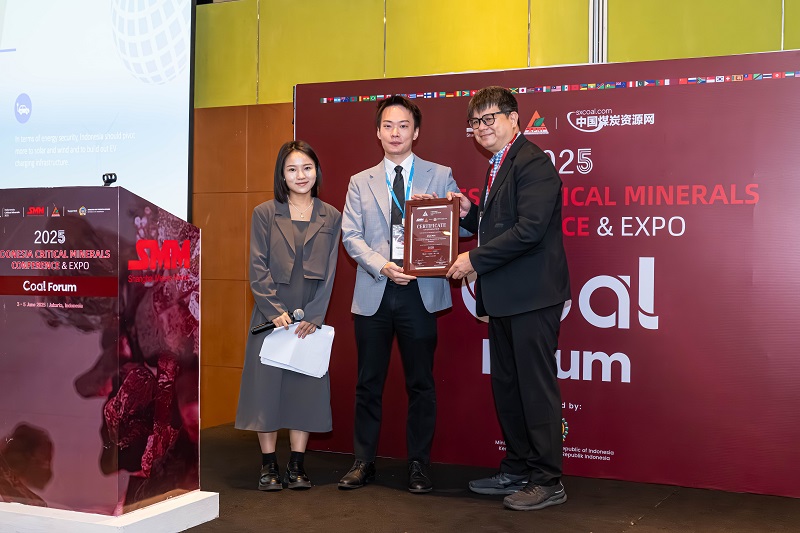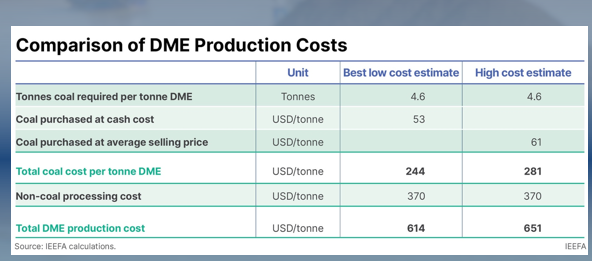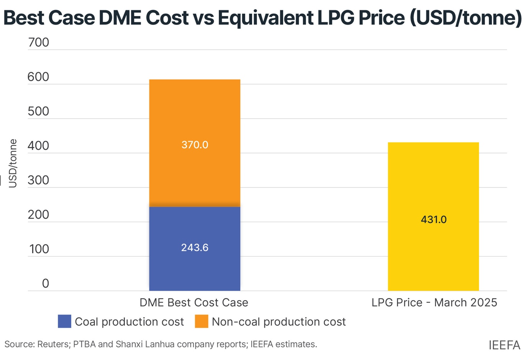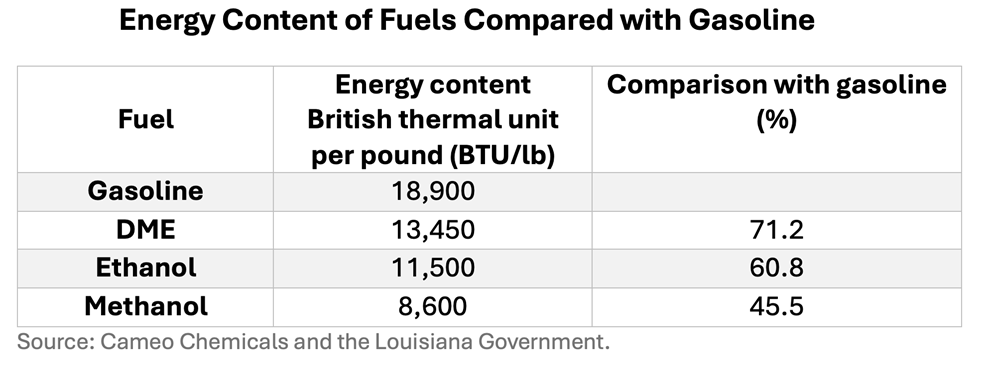






At the 2025 Indonesia Mining Conference & Critical Metals Conference - Coal Industry Conference, hosted by SMM Information & Technology Co., Ltd. (SMM), supported by the Indonesian Ministry of Foreign Affairs as a government supporter, and co-organized by the Association of Indonesian Nickel Miners (APNI), the Jakarta Futures Exchange, and China Coal Resource, Ghee Peh, an energy finance expert from the Institute for Energy Economics and Financial Analysis (IEEFA), shared insights on "Geopolitics and Industrial Development: A Case Study of Methanol Capacity Construction in Indonesia."

Coal and Energy Security: What's the Cost?
• On April 2, 2025, US President Trump announced tariffs on all ASEAN countries: 32% for Indonesia, 46% for Vietnam, 36% for Thailand, and 24% for Malaysia.
• As globalization trends weaken, Indonesia's domestic energy security becomes crucial. For Indonesia, whether to consider coal downstream products like dimethyl ether (DME) as an option for energy security is a question worth exploring.
The DME project is costly, with an investment of $3.1 billion.
Indonesian President Prabowo Subianto has instructed an energy task force to restart coal gasification-to-DME projects in four regions of Sumatra and Kalimantan. The plan aims to reduce liquefied petroleum gas (LPG) imports by processing low-calorie coal.
According to estimates by the Institute for Energy Economics and Financial Analysis (IEEFA), a 1.4 million mt DME plant in Sumatra will cost $2.6 billion, plus an opportunity cost loss of $520 million over a decade, totaling $3.1 billion.
Economic Feasibility in Question
The capital expenditure and opportunity cost of Indonesia's DME plant will account for 70% of the total annual import cost of LPG ($4.3 billion), yet it will only produce energy equivalent to 1 million mt of LPG. The cost per unit of energy for consumers will be 42% higher than that of LPG.
A 1.4 million mt DME plant could offset 15% of Indonesia's LPG imports, but its economic feasibility is uncertain. For example, China's Shanxi Lanhua Group halted its DME project in 2023 due to unprofitability, which serves as evidence.
Cost Comparison

The cost of producing one ton of DME using 4.6 mt of coal can be calculated based on spot costs or average selling prices:
If calculated based on average selling prices, the cost of producing one ton of DME is $281. If calculated based on cash costs, the coal cost per ton of DME is $244, which is $37 lower than the selling price calculation.

Combining coal and non-coal costs, the estimated production cost of dimethyl ether (DME) is $614-651 per mt. Given DME's lower energy content, its equivalent price when converted to liquefied petroleum gas (LPG) is $431 per mt.
Therefore, even when calculated using the lower range of non-coal costs, the unit energy cost of DME is still $183 per mt higher than the LPG price in March 2025, representing a 42% increase.
In summary: A 1.4 million mt-scale DME plant could produce enough energy to replace 15% of Indonesia's LPG imports, but its economic feasibility is questionable—profitability prospects are unclear, as evidenced by the shutdown of the DME project by China's Shanxi Lanhua Group in 2023. Considering the opportunity costs, sunk costs involved in the project, and the higher energy prices that Indonesian consumers would have to bear, the DME project is not a viable investment option.
What is the outlook for methanol in transportation?
Indonesia plans to invest $1.2 billion in ethanol and methanol processing facilities to enhance energy security, but this plan has raised concerns about high costs and significant risks.
Economically feasible alternatives to methanol
China's experience shows that coal-to-methanol is not economically viable. Shanxi Lanhua, a major producer, shut down its DME production line in 2023 due to losses.
In Indonesia, expanding the use of EVs (especially electric motorcycles) is a less risky, less complex, and more economically feasible solution compared to increasing methanol production.
Ethanol, methanol, and DME have lower energy content:

This table compares the energy content differences between ethanol, methanol, and DME with gasoline, indicating their lower efficiency and energy output. Relative to gasoline, methanol has only 46% of the energy content, while ethanol and DME have 61% and 71%, respectively.
In summary:
Blending methanol with gasoline poses significant risks and requires costly investments in new and modified storage and pumping infrastructure. The infrastructure needed for vehicles to use methanol involves substantial costs.
At the plant level, high coal input and conversion costs make production unprofitable, as consumers are unwilling to pay prices exceeding production costs.
Achieving energy security through renewable energy
Compared to blending methanol, expanding the use of EVs (especially electric motorcycles) is a less risky, less complex, and more cost-effective solution.
In terms of energy security, Indonesia should shift more towards solar and wind energy and improve EV charging infrastructure.
》Click to view the special report on the 2025 Indonesia Mining Conference & Critical Metals Conference
For queries, please contact Lemon Zhao at lemonzhao@smm.cn
For more information on how to access our research reports, please email service.en@smm.cn